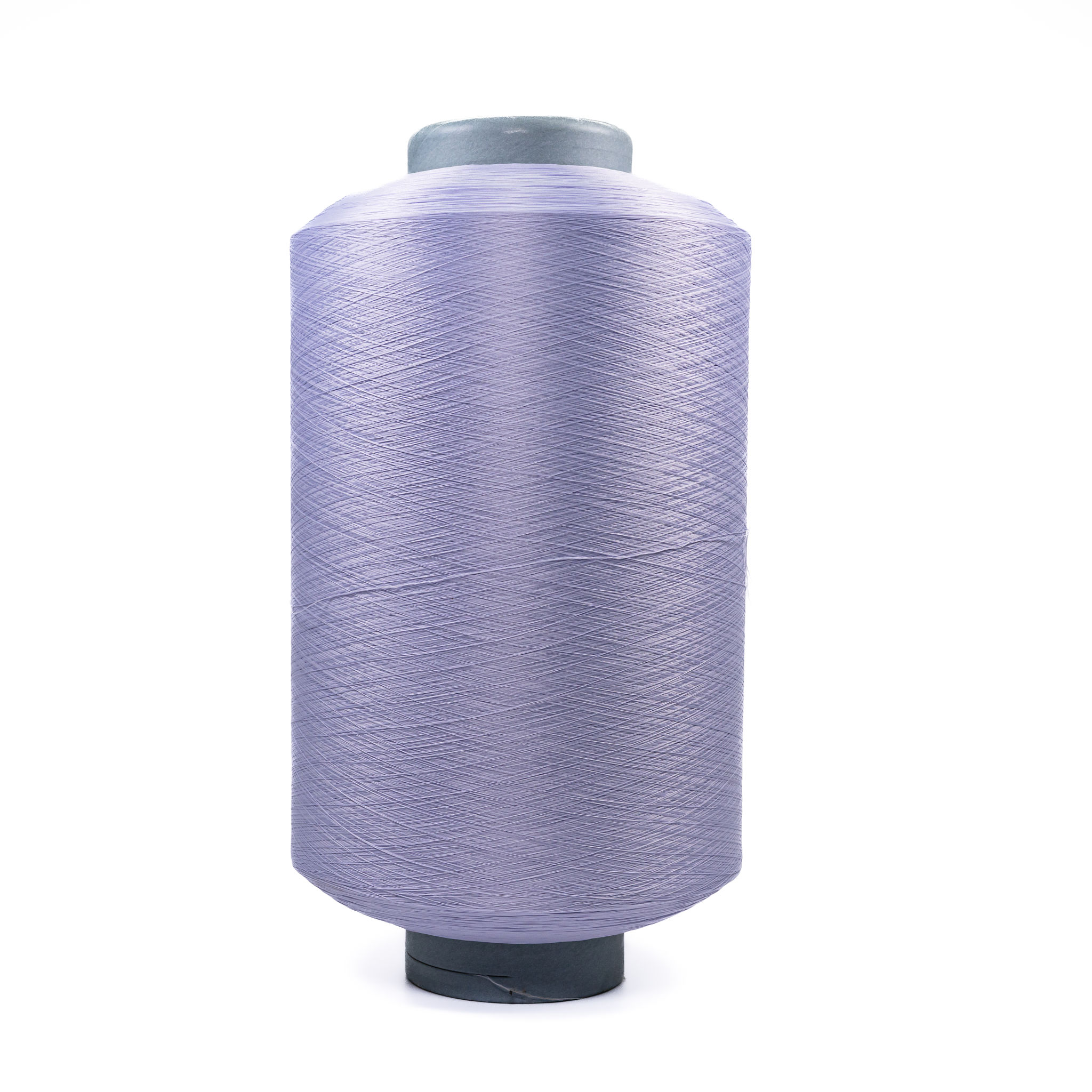A Comprehensive Guide to Natural Dyes and Pigments for Beginners
Understanding Natural Dyes and Pigments
Natural dyes and pigments have been used for centuries to color textiles, art, and even food. Unlike synthetic dyes, which are made from chemicals, natural dyes are derived from plants, minerals, and other organic sources. Their appeal lies not only in their rich, earthy colors but also in their sustainability and eco-friendliness.
Using natural dyes can be a rewarding process that connects us to ancient traditions and the environment. This guide will explore the basics of natural dyes and provide beginners with the knowledge needed to start their dyeing journey.

Sources of Natural Dyes
Natural dyes can be sourced from a variety of materials. Plant-based dyes are the most common, with parts like roots, bark, leaves, and fruits being used. For example, indigo is a famous blue dye obtained from the leaves of plants in the Indigofera genus. Similarly, turmeric root is used for its vibrant yellow hue.
Animal-based dyes include cochineal, which is derived from insects and produces a brilliant red color. Lastly, mineral-based pigments, such as ochre and malachite, have been used since prehistoric times for their stable and earthy tones.

The Dyeing Process
The process of dyeing with natural pigments involves several steps, each crucial for achieving the desired color intensity and fastness. Here’s a basic outline:
- Preparation: Start by preparing your fabric or material. It should be clean and free of any finishes that might repel dye.
- Mordanting: Use mordants like alum or iron to help the dye bond with the fiber effectively.
- Dye Bath: Create a dye bath by boiling your chosen dye material with water.
- Dyeing: Submerge your fabric in the dye bath and let it soak until you achieve the desired color.
- Rinsing and Drying: Rinse the dyed material in cold water and allow it to dry.

Tips for Successful Natural Dyeing
As you experiment with natural dyes, keep these tips in mind for better results:
- Experiment with different mordants: Different mordants can change the final color, so try using alum, iron, or vinegar to see varied results.
- Be patient: Natural dyeing is an art that requires patience. Allow enough time for soaking to achieve deeper colors.
- Document your process: Keep notes on quantities and times to replicate successful results in future projects.
Sustainable Practices
One of the greatest advantages of using natural dyes is their sustainability. By choosing organic materials and avoiding harmful chemicals, you contribute to a healthier planet. Always source your materials responsibly and consider collecting plant materials that are abundant or easily grown in your area.

Common Challenges and Solutions
While natural dyeing is rewarding, it can present challenges. Colors may not always turn out as expected due to factors like water pH or fabric composition. To address this, test small samples before committing to larger projects.
Another issue can be color fastness. Some natural dyes may fade over time or with washing. To combat this, ensure thorough mordanting and consider using natural fixatives like salt or vinegar rinses.
Getting Started with Natural Dyeing
If you're eager to begin your natural dyeing journey, start small. Experiment with accessible materials like onion skins or avocado pits that are readily available in most kitchens. As you grow more confident, explore more complex materials and techniques.
Natural dyeing is a journey of discovery that offers endless possibilities. With patience and creativity, you can create beautiful, eco-friendly colors that tell a story of nature's bounty.
